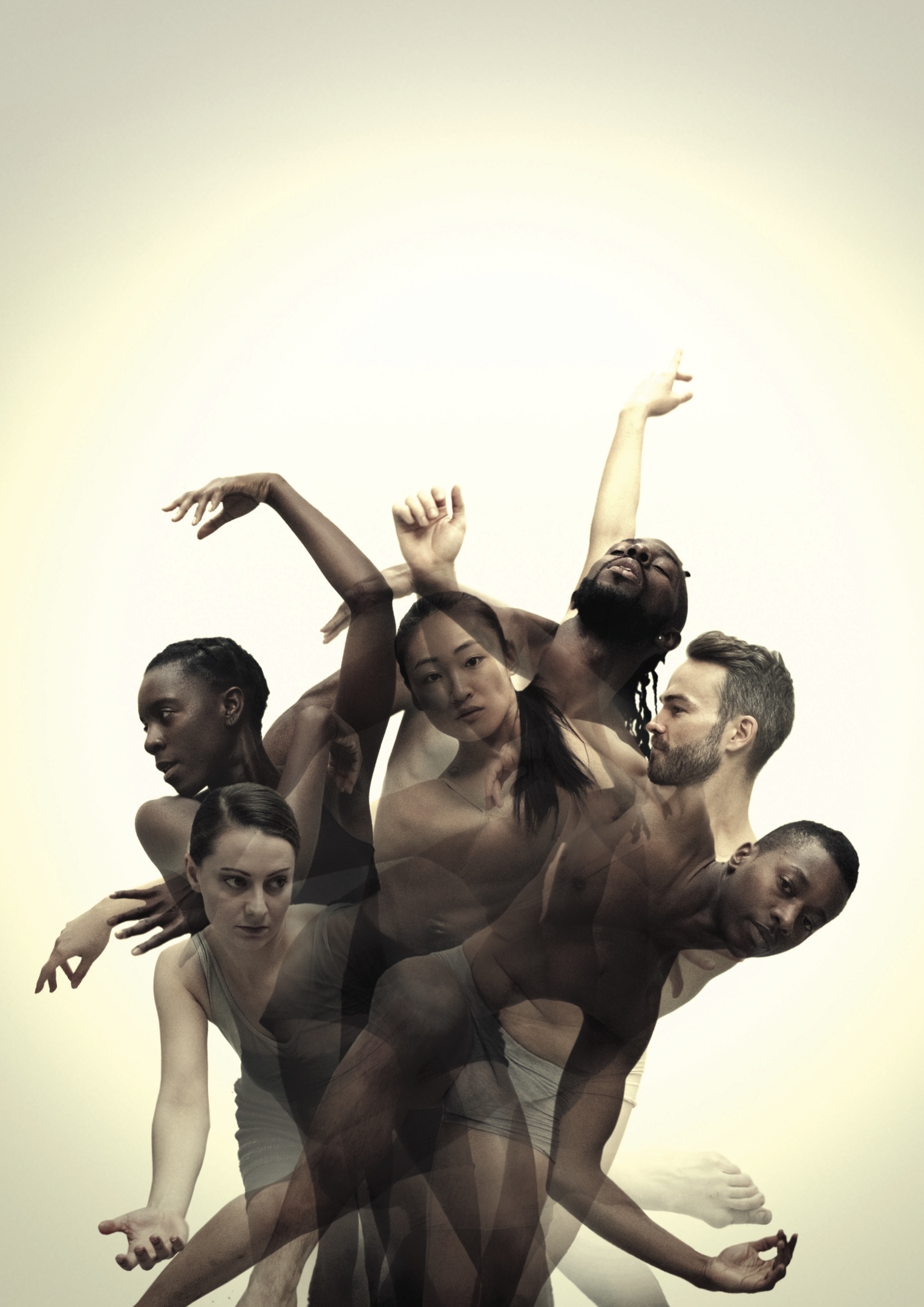In Whiteout acclaimed choreographer Natasha Gilmore, explores bi-racial relationships with honesty and humour. The constellation of six dancers moves from digital projection to live performance, producing a visually rich, dynamic dance theatre piece informed by personal experiences.
Musical composition comes from Scottish musician and novelist Luke Sutherland, (Mogwai). We caught up with Luke as the tour got underway.
Q. Hi Luke. How did your involvement with Whiteout come about?
A. I went into the Tramway to have a meeting with Tim Nunn a few months before rehearsal and development on Whiteout began. Tim and I were just batting around some ideas. A few months after that he told me Natasha Gilmore was looking for a composer to work on a new production so I went and met with Natasha, had a chat and hit it off. I thought I could bring something to it or at least I’d be up for having a go and that was it.
Q. What was it about this production that appealed to you?
A. For me it is the people. If I can get along with folk, I can work with them. Obviously the theme was an element as well. But it is mostly the people. That’s one of the things that has been so engaging about this whole thing – Natasha and the dancers that have been completely committed and engaged and supportive and warm. It’s been fantastic and that is the kind of environment that I enjoy and appreciate.
Q. Have you worked in a dance production before?
A. Yes I have done quite a lot of it. My background is in bands but I started doing music for dance pieces in 2007/2008. I think that was the first time. I’ve done quite a bit of work for a company in Edinburgh called Curious Seeds. The artistic director there is Christine Devaney. I’ve done things with All or Nothing, an aerial dance company, so yes I’ve done bits and pieces and I absolutely love it. I really do.
Q. Tell me about the creative process with Whiteout.
A. How we went about this one was we began with just the themes that Natasha was interested in and did a series of long long improvisations based on them. It’s very difficult to describe. There’s something almost trance-like about them so you are just constantly generating raw material. I’m responding to the dancers and the dancers are responding to the music and ideas come out of that. You see a sequence that you like, you pick it out and start to hone it. That is the beginning point, the improvisation, which is very difficult to describe as an experience but I’ve got to say is addictive.
Q. How different an experience is it to creating something in a band situation?
A. It’s very similar. When you play with other musicians you respond to what they play, they respond to you, very much the same with the dancers. I think of these pieces of music that form the score as being collaborations. They are co-compositions. I’m doing things that I would never ever do on my own because of the stimulus of the dancing. So I think of these pieces as co-compositions in the same way that I would had the dancers been musicians.
Q. Is that quite an interesting experience for you as an artist then?
A. It’s massively helpful and inspiring. If any of these pieces of music were to end up on a record say, then I would have to credit everyone that was in the room at the time of the genesis of the music. It’s a great way of working. I would think about doing it as a way into making a record because the kind of sounds and ideas you come up are so different in so many ways.
Q. Can you tell us anything about the score that has been created for Whiteout?
A. It’s quite a mix of stuff. There is a dance element, pop element, there are quite a lot of beats, there is an R’n’B element, there’s bit of what you would call rock, there is some out and out noise as well so it’s quite eclectic in that respect.
You can catch Whiteout at the Woodend Barn, Banchory, on Saturday, May 16 and Eden Court Theatre, Inverness, on Sunday, May 17.
